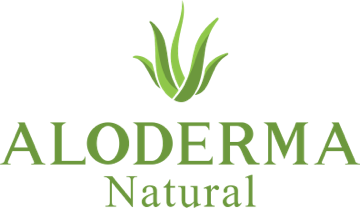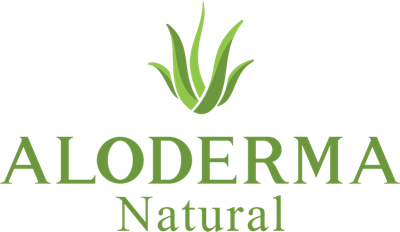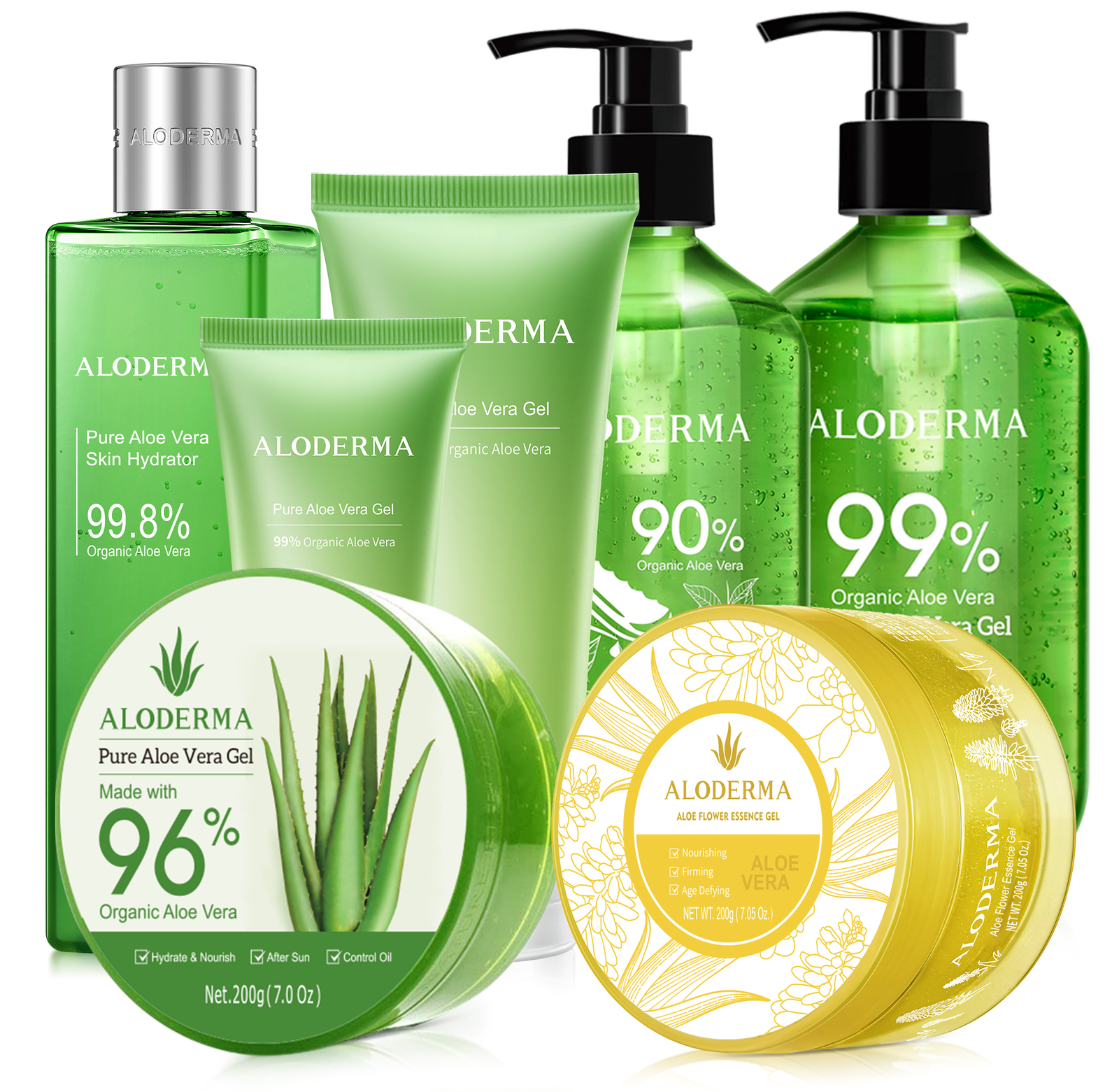This is our first posting in a series on Aloe Gel Purity. We started working on this due to questions we hear from consumers about how to differentiate aloe gel products when so many of them make similar claims on the front of their labels. This is despite the fact that, based on a deeper dive, there are huge differences in quality and purity found in products claiming to be “Pure Aloe Vera”. Of course, we wouldn’t expect products to come out and say they are low quality or that they barely have any aloe in the product on the label, however we want to help consumers understand what products are truly “100% Aloe Vera” or “Pure Aloe Vera” and which are not and what that ultimately means for you as a consumer.
With that in mind, let’s start with the most basic of claims found on aloe vera products:
100% PURE ALOE VERA GEL
First off, go to the back label. Looking for 100% pure aloe vera gel in your local market or drug store? Good luck! Unfortunately, 100% pure aloe vera gel does not exist in a shelf stable form (ie, not requiring freezing and/or refrigeration). If you happen to find a brand claiming to offer 100% pure Aloe Vera gel, be wary. If it isn't being kept refrigerated or frozen and you don't have to use it within 7-10 days of opening and keep it refrigerated, it isn't 100% aloe vera juice. A quick glance at the back of the label and it will become apparent that there are other ingredients in every product you see in stores. In higher quality products, you will at least find aloe vera is the first ingredient.
In other products, aloe vera may not even be the first or even the fifth ingredient on the label. We won't address products where aloe isn't the first ingredient because it is so obviously not true. If a product is using aloe powder concentrates to make a 100% claim, but aloe isn't the first ingredient, it certainly makes you wonder how products can get away with a claim that is obviously misleading. Now that you know 100% Pure Aloe Gel doesn't exist, start by at least eliminating products that don't have Aloe Vera as the first ingredient on the label.
WHY DOESN’T 100% PURE ALOE VERA GEL EXIST?
100% pure Aloe Vera gel is impossible to offer in a packaged product that isn't frozen and/or refrigerated since it needs to contain at least some portion of preservatives and stabilizers or it would quickly spoil at room temperature and once opened. A key concept most people don’t understand is that aloe vera in its purest form (after processing) is actually a liquid/juice, not a gel! It requires a thickening agent to become a gel!
People have been misled by cheap products containing green gels on their grocery store shelf (the green comes from food coloring). That is not how aloe looks coming out of the plant. Aloe, once the outer rind of the leaf is removed, is a clear to milky colored filet that is then ground up to form a fibrous pulp that is filtered to create a slightly milk juice. Check out the video on our Fresh Aloe Skin Care Page if you want to see what aloe actually looks like coming out of plants. If it is a gel product you are seeking, it then has to have thickeners added to get a gel consistency!
Trust us, we know! At Aloderma, we grow and process all of our aloe vera on our ECOCERT certified organic farms to guarantee we deliver customers the highest quality pure aloe vera gel possible. But 100%? We don't make that claim. The closest a shelf stable product can come to 100% pure aloe vera is 99.8% pure aloe vera. We know because we have created the purest aloe vera product possible in a shelf stable form (ie, not refrigerated), our Fresh Aloe Juice Skin Hydrator and it is still only measures in at 99.8% pure aloe vera.
DO 100% PURE ALOE VERA GEL PRODUCTS EXIST?
Ignoring the fact that a thickener is required to make aloe gel, it is theoretically possible to make 100% aloe vera juice, however there are a lot of reasons why you wouldn’t want it. Why? Well for starters, Aloe is grown outside on farms and that means it is going to naturally contain fungus, bacteria, and aloin (the bitter substance in the outside rind of aloe that we will cover in another post). While the degree of bacteria and funghi is relatively minimal, it is enough to prohibit you from bottling it without treating the processed juice from the aloe leaf. At a minimum, this absolutely requires some degree of pasteurization (ie heating to kill any pathogens). Therefor, unless it is fresh squeezed, refrigerated and consumed within a matter of days or frozen, you can’t utilize cold-pressed aloe vera straight in a bottle because the bottle would be contaminated with bacteria and fungus that would cause it quickly spoil, especially at room temperature.
Any shelf stable Aloe Gel stored at room temperature making a claim to be "Cold Pressed" is misleading you.
In order to ensure that the aloe juice was truly shelf stable, a preservative free product would need to be heated and kept there for a long enough to ensure every potential pathogen was killed. This process would destroy the natural bioactivity left in the aloe product, which is reason enough to avoid doing this. However, it still would not ensure the final product was shelf stable. The finished aloe juice would still needs to be bottled while ensuring absolute cleanliness (which is nearly impossible outside of a lab setting). As a result, the product would then need to be recooked and/or irradiated. This process eliminates all of the positive bioactivity found in aloe and also significantly alters the consistency of the aloe juice. This isn’t the kind of 100% Pure Aloe Vera product that anyone should want.
At Aloderma, we utilize an HTST (High Temperature Short Time) process by which we heat aloe juice to a temperature under the boiling point and then cool it back down to room temperature in under one minute. This is enough to kill virtually all of the bacteria and funghi naturally found in aloe vera, but not long enough to significantly impact the natural bioactivity and structure of the aloe vera juice. We then add a minimal amount of preservatives to ensure any potential trace amounts of pathogens are killed and do not become an issue in our finished products. For our Pure Aloe Vera Gels, we then add carbomer as a thickening agent to give aloe vera gel its signature consistency. While we all wish preservative free aloe vera skin care products were viable, shelf stable products necessitate their use and allow us to bring the freshest aloe vera to market in our skin care products.
WHAT ABOUT RAW ALOE VERA?
The purest form of Aloe Vera is only found if you harvest the plant yourself. However, as anyone who has ever attempted to create their own gel from aloe vera plants and leaves can attest, raw aloe isn't very easy to deal with when compared to buying a finished product. First and foremost is the fact that it will cost you considerably more to buy aloe leaves in a store and/or grow it. On top of that, you have to deal with removing the clothes staining carcinogenic aloin found in the rind and you also need a juicer to effectively remove the pulp.
Furthermore, like any fruit or vegetable, once Aloe Vera is cut open it has to be used quickly. Aloe Vera can expire quickly, and raw Aloe will only last a few days refrigerated. Unless you live a tropical or subtropical region that doesn't experience freezing and want to use aloe on a regular basis, your best bet is to find the highest quality pure aloe vera gel available.
WHAT IS THE MAXIMUM AMOUNT OF ALOE VERA FOUND IN A PURE ALOE VERA GEL?
Hopefully we have explained to you why 100% Pure Aloe Vera isn’t viable in a shelf-stable product and even if it was, why you wouldn’t want that product. In fact, a product with a small amount of preservatives is something that ensures the product you are buying is safe and the product hasn't been cooked to the point of destroying its benefits. Additionally, if pure aloe vera gel is what you are seeking, it definitely won't be 100% aloe vera because aloe vera goes from a leaf to juice form when it is harvested and processed. In order to become a gel, a thickening agent, such as a carbomer, carrageenan, or xanthan gum has to be added to the gel. By the time preservatives and thickeners are added to pure aloe juice, they will account for approximately 1% of the finished product, at a minimum. As a result, 99% is the highest percentage you should ever see on a Pure Aloe Vera Gel package. If an aloe gel product is claiming something higher, you should be extremely skeptical of their claims.
While we have covered what is actually found in final products from an ingredient perspective, that doesn’t take address the quality of what accounts for the remaining 99% of your product!
In our next post, we will address the other 99% and just how much it matters how the aloe plants that go in your finished products are grown and how that impacts key components of aloe vera, such as polysaccharides and acemannan. We will also address the speed with which aloe gets from farms to processing to finished products and how that impacts the quality of the finished product.





